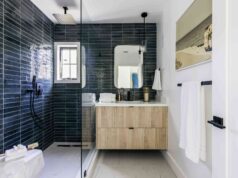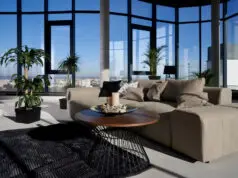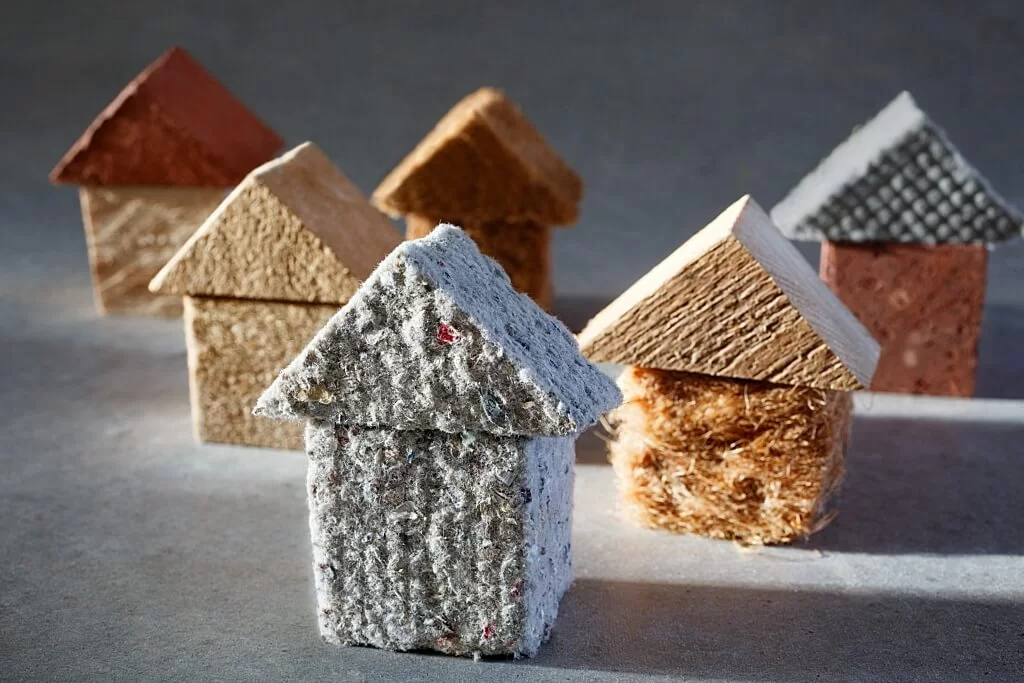
When building or remodeling your home, choosing materials that are long-lasting and can withstand everyday wear and tear is key. Selecting durable finishes, surfaces, and fixtures the first time around saves you money and hassle over the long run compared to having to frequently repair or replace items.
Flooring
With feet trampling and furniture shuffling daily, floors take a beating. Consider wood, tile, or vinyl materials rated for high traffic areas. When shopping for wood floors, inquire about the Janka hardness rating. Red oak scores a 1,290 which denotes good density and dent resistance compared to softer pine which scores lower at 690. Tile, porcelain, and ceramic floors are very durable for entryways, kitchens and bathrooms. As for vinyl, luxury vinyl planks and tiles contain a tough top layer to prevent scratches.

Countertops
Kitchen and bathroom countertops face high use preparing food, frequent cleanings and supporting heavy appliances. Quartz countertops are composed of ground quartz aggregate blended with polymer resins, making them very hard, stiff and scratch-resistant compared to granite or marble which can chip and stain. According to the experts over at Bedrock Quartz in Utah, quartz does not require regular applications of sealant like natural stone.
Cabinets
When researching kitchen or bathroom cabinets, inquire about the type of wood and finish used. Solid hardwoods like oak or maple provide sturdy framework compared to veneers which are thinner and laminated onto particleboard. High-grade plywood boxes also offer reliable strength. For the exterior finish, a catalyzed conversion varnish, polyurethane or thermofoil layer will best protect the wood from moisture, heat and scratching from daily use.
Walls
Walls see their fair share of bumps from furniture, sporting goods, artwork and more. In high traffic zones, panels made of moisture-resistant drywall or fiber cement board stand up well to incidental impacts and can be easily patched if needed. Paints featuring acrylic-latex technology offer durable protection too. For accent walls in bedrooms or dining rooms, wallpaper and fabric options labeled scrubbable or peelable allow you to easily replace the top layer if it becomes damaged without having to redo the entire wall.
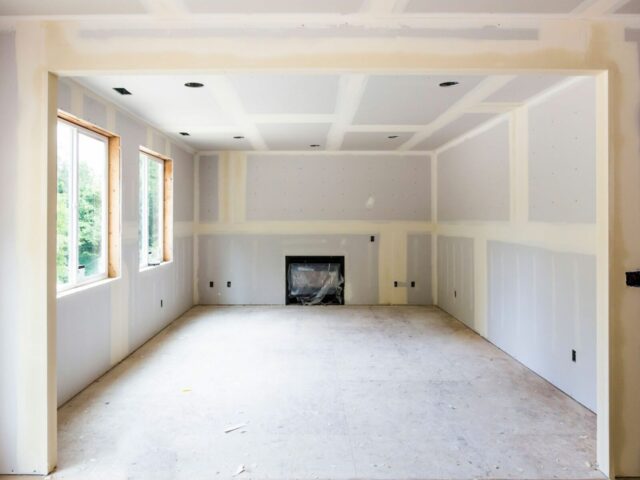
Windows
Given their role of letting light in and keeping outdoor elements out, windows should feature impact-resistant glass, fortified framing, and weather-tight seals. Choose double or triple pane glass to prevent cracking and damage. For the window frames, vinyl, wood-clad and fiberglass options hold up better to time and elemental exposure compared to ordinary wood. Affix proper window film too for additional insurance and protection.
Doors
As one of the most actively used elements allowing access in and out, doors deserve durable considerations. Fiberglass and steel doors deliver strong security. For French doors with large glass panes, the same impact-resistant and weather-tight glass technology for windows applies. The type of lock hardware matters as well; aim for products made of solid brass versus lower cost plated metals which can corrode and malfunction over time.
Insulation
Selecting durable insulation materials is paramount for enhancing the longevity and energy efficiency of a home. Insulation plays a critical role in maintaining a comfortable indoor environment, significantly reducing energy costs by preventing heat loss in winter and heat gain in summer. For superior durability and performance, high-quality insulation options such as spray foam or rigid foam boards are recommended. These materials not only offer excellent thermal resistance but also contribute to the overall structural integrity of the building. Investing in proper insulation delivers long-term benefits, including improved indoor comfort and substantial savings on energy bills. The choice of insulation material can make a difference in achieving an eco-friendly, cost-effective home.
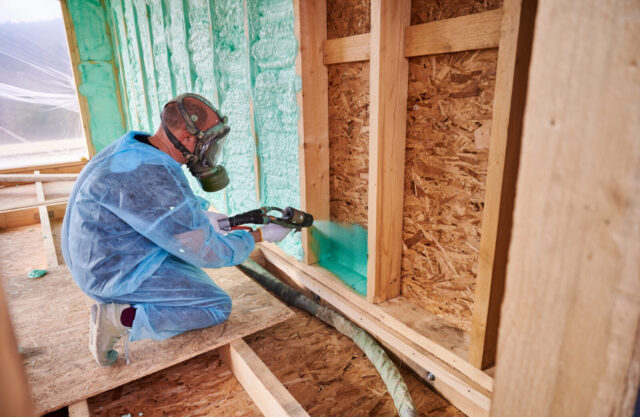
Ventilation Systems
Incorporating effective ventilation systems is essential for ensuring optimal indoor air quality and enhancing the durability of the home, especially in tandem with insulation. Proper ventilation is key to preventing moisture buildup and mold growth, which can compromise the structural integrity of the building. Solutions like whole-house ventilation systems or exhaust fans in moisture-prone areas such as bathrooms and kitchens are effective in maintaining a healthy living environment. These systems play a vital role in prolonging the lifespan of building materials and ensuring a comfortable, safe home environment. Ventilation, therefore, is not just about air quality but also about preserving the integrity and value of the home.
Exterior Finishes
Choosing durable exterior finishes is crucial for protecting the home against the elements and minimizing maintenance requirements. Fiber cement siding, for example, offers excellent durability and resistance to moisture, insects, and fire, making it a superior choice for long-term protection. Additionally, selecting high-quality exterior paints and stains that resist fading, peeling, and cracking can further safeguard the home’s exterior. Regular maintenance activities, such as cleaning and sealing, are essential to prolong the lifespan of these finishes and prevent costly repairs. Durable exterior finishes not only enhance the aesthetic appeal of the home but also contribute to its resilience and value.
Foundation Materials
The foundation is the bedrock of a home’s structural integrity and longevity. Choosing durable materials for the foundation, such as poured concrete or concrete block, is critical. These materials offer unmatched strength and durability, ensuring the home remains stable and secure over time. Proper foundation drainage and waterproofing are equally important to prevent moisture-related issues, such as foundation cracks and settling, which can lead to significant structural problems. Consulting with a structural engineer or foundation specialist is recommended to select the most appropriate materials and construction methods based on site and soil conditions. A well-constructed foundation is essential for the safety and longevity of any home.
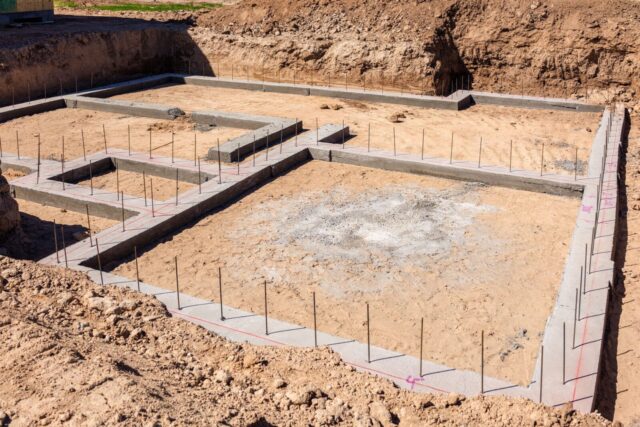
Roofing
Selecting a durable roofing material is vital for protecting the home from weather damage and leaks. Options such as asphalt shingles, metal roofing, or concrete tiles offer varying levels of durability, longevity, and aesthetic appeal, catering to different homeowner preferences and climate requirements. The importance of proper installation and regular maintenance cannot be overstated, as these factors significantly influence the lifespan and performance of the roofing system. Regular inspections and prompt repairs are crucial for extending the roof’s life and ensuring the home remains dry and secure. A durable, well-maintained roof is not only a protective barrier but also a significant investment in the home’s overall health and value.
Conclusion
Being deliberate about selecting resilient, long-lasting materials for your home pays off exponentially over the years through better functionality, fewer headaches, and greater peace of mind. Use this guide covering flooring to doors to make informed choices for your next building or remodeling project. The upfront investments make for less repairs down the road, keeping your spaces looking their best for decades to come. Taking the time to research and choose quality durable materials suited for high traffic areas will ensure your home stands the test of time. This prevents having to redo or replace finishes every few years, saving you money and hassle in maintenance costs over the lifetime of your house.




